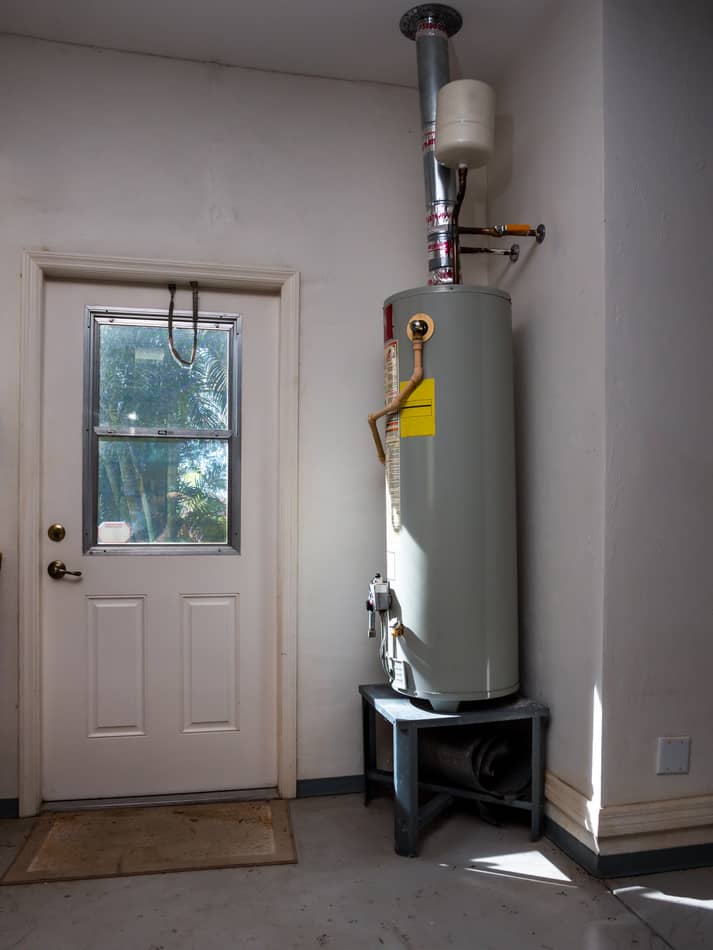Ensuring Longevity of Your Home's Hot Water System: Care Advice
Ensuring Longevity of Your Home's Hot Water System: Care Advice
Blog Article
How do you really feel when it comes to Water Heater Maintenance Tips You Can't Afford to Forget?

Warm water is vital for daily convenience, whether it's for a revitalizing shower or washing meals. To ensure your warm water system runs effectively and lasts longer, regular upkeep is essential. This article offers practical pointers and insights on how to keep your home's hot water system to stay clear of disturbances and pricey fixings.
Intro
Keeping your home's hot water system might appear challenging, yet with a few simple actions, you can ensure it runs smoothly for many years to come. This overview covers everything from comprehending your hot water system to do it yourself upkeep pointers and understanding when to call in expert help.
Value of Maintaining Your Warm Water System
Normal upkeep not only prolongs the life-span of your hot water system yet also guarantees it runs successfully. Overlooking upkeep can lead to reduced performance, higher power expenses, and also early failure of the system.
Indications Your Warm Water System Requirements Upkeep
Knowing when your hot water system needs interest can prevent major problems. Keep an eye out for signs such as irregular water temperature, odd sounds from the heater, or rusty water.
Comprehending Your Warm Water System
Prior to diving into upkeep jobs, it's helpful to comprehend the fundamental parts of your hot water system. Generally, this consists of the water heater itself, pipes, anode rods, and temperature controls.
Month-to-month Upkeep Tasks
Normal regular monthly checks can assist capture small concerns prior to they escalate.
Flushing the Water Heater
Purging your hot water heater gets rid of debris build-up, improving efficiency and prolonging its life.
Checking and Changing Anode Rods
Anode rods protect against rust inside the container. Evaluating and replacing them when worn is critical.
Inspecting and Changing Temperature Settings
Changing the temperature settings ensures optimal performance and safety.
DIY Tips for Maintenance
You can perform several maintenance jobs on your own to maintain your warm water system in leading problem.
Looking for Leaks
On a regular basis check pipelines and links for leaks, as these can result in water damage and higher costs.
Checking Stress Relief Valves
Evaluating the pressure safety valve guarantees it works properly and prevents too much stress accumulation.
Protecting Pipes
Insulating warm water pipelines reduces heat loss and can conserve power.
When to Call a Professional
While DIY upkeep is valuable, some problems need professional proficiency.
Facility Concerns Needing Professional Aid
Examples consist of significant leaks, electric issues, or if your water heater is consistently underperforming.
Regular Professional Upkeep Advantages
Professional upkeep can include thorough assessments, tune-ups, and guaranteeing conformity with security standards.
Final thought
Regular upkeep of your home's hot water system is crucial for efficiency, long life, and expense financial savings. By complying with these tips and recognizing when to seek expert aid, you can guarantee a reliable supply of warm water without unexpected interruptions.
How to Maintain an Instant Hot Water Heater
Before tinkering with your hot water heater, make sure that it’s not powered on. You also have to turn off the main circuit breaker and shut off the main gas line to prevent accidents. Also turn off the water valves connected to your unit to prevent water from flowing into and out of the appliance. 2. When you’re done, you have to detach the purge valves’ caps. These look like the letter “T†and are situated on either side of the water valves. Doing so will release any pressure that has accumulated inside the valves while at the same time avoid hot water from shooting out and burning your skin. 3. When the purge valves’ caps are removed, you have to connect your hosing lines to the valves. Your unit should have come with three hoses but if it didn’t, you can purchase these things from any hardware or home repair shops. You can also get them from retail stores that sell water heating systems. Read the user’s manual and follow it to complete this task properly. When the hosing lines are connected, open the purge port’s valves. 4. You should never use harsh chemical cleaners or solutions when cleaning your unit. Make use of white vinegar instead. It should be undiluted and you’ll probably use about 2 gallons. 5. Now flush your water heater. This task should probably take about 40 minutes. We can’t give you specific directions for this because the procedure is carried out depending on the type, model and brand of your heater. With that being said, refer to the user’s manual. 6. When you’re done draining the unit, you have to turn off the purge port valves again. Remove the hosing lines that you earlier installed on each of the water valves. Put the valve caps (purge port) back in their respective places and be very careful so as not to damage the rubber discs that are found inside these caps. 7. Now that everything’s back in place, check your user’s manual again to find out how to reactivate your water heating system. 8. Once it is working, turn one of your hot water faucets on just to let air pass through the heater’s water supply pipes. Leave the tap on until water flows smoothly out of it. https://www.orrplumbing.com/blog/2014/september/how-to-maintain-an-instant-hot-water-heater/

As a serious reader about Tips on Maintaining a Water Heater, I figured sharing that excerpt was smart. Those who appreciated our page if you please do not forget to share it. I am grateful for your time. Return soon.
Call Today Report this page